Programs and modes labeled «Eco» or with a green leaf are found in many modern household appliances. These modes are partly a marketing ploy aimed at those who care about the environment, and partly a real concern for it. However, their presence is largely due to the need to comply with the requirements of regulatory organizations. But how useful are such eco-modes for ordinary consumers?
Eco mode in washing machines
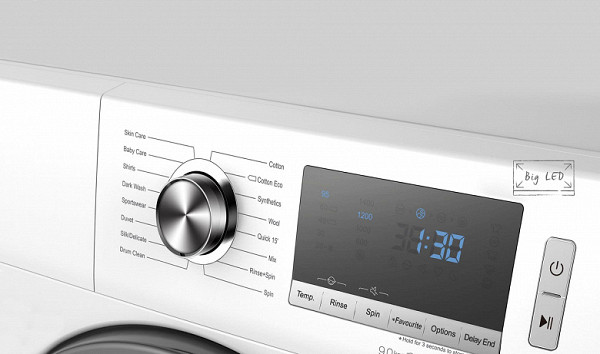
The Cotton Eco program in washing machines causes a lot of controversy among experts and experienced users. Its appearance is related to the EU directive, according to which the washing efficiency class (European standard EN 60456) is determined based on this program. Contrary to popular belief, Cotton Eco is not a short program: washing lasts more than three hours at a temperature of 60 degrees. During the certification process, machines must cope with difficult stains, using an average detergent. Therefore, the intensity of drum rotation is high, and water consumption is minimal — after all, this is the Eco mode.
What's wrong?
If you constantly wash your laundry in the Cotton Eco mode, even with a high-quality powder or gel, you may encounter premature wear of the fabrics, loss of color and shape. A small amount of water in this mode is also used during rinsing, so people with sensitive skin will probably have to turn on an additional rinse: you should not count on the complete removal of detergent in the eco mode. Also, do not trust the claims that the eco mode is suitable for lightly soiled laundry — short washing cycles are intended for this, which are a rinse mode with heating and a duration of 15 to 40 minutes, depending on the selected temperature.
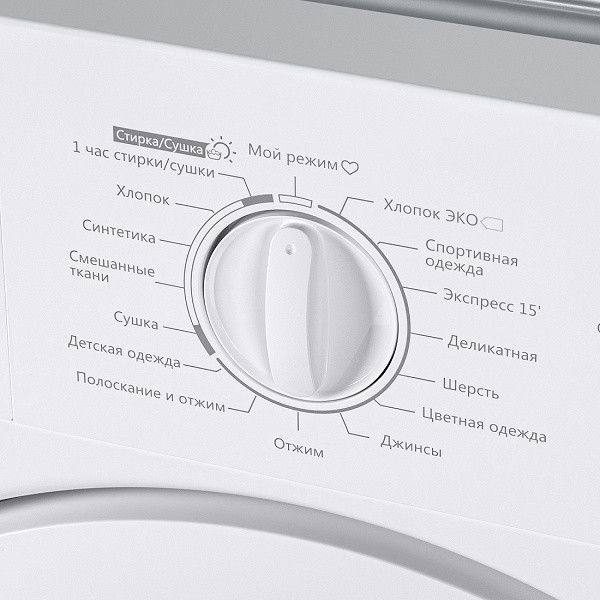
In the context of high electricity and water prices, using the eco mode in a washing machine may seem justified. However, it is worth considering that this can lead to more frequent replacement of linen and clothes, which, in turn, contributes to overconsumption and supports the market for cheap textiles. Products for mass consumption are often produced in the poorest countries of Southeast Asia, on outdated equipment and in conditions far from standards, and environmentally friendly cotton can be grown using almost slave labor.
Sometimes eco modes offer more flexibility. For example, in Atlant washing machines in the «Eco» mode, you can set any temperature, but if you select 95 degrees, the machine will heat the water only to 75 degrees.
Eco mode in dishwashers
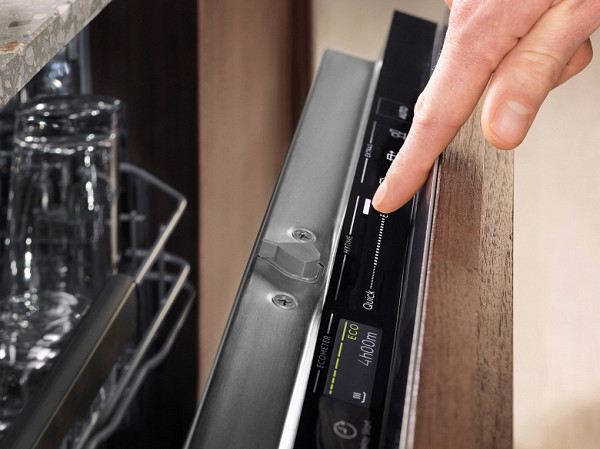
The energy-saving mode in dishwashers works on a similar principle: a long program (3-4 hours) at a temperature of 45-50 degrees and reduced electricity consumption. However, dishwashers already consume very little water — from 8-9 to 14-16 liters depending on the size and model, which makes them a more economical option compared to hand washing dishes. The quality of washing largely depends on the correct choice of detergent, proper placement of dishes in the machine, the use of salt (even if it is in tablets), caring for the machine — regular cleaning of filters and holes in the sprayers, as well as careful loading of dishes cleaned of food residues.
What's wrong?
The eco mode in the dishwasher is safe for dishes, if you do not wash in it items that are not intended for machine washing. However, it does not ensure the disinfection of dishes and the machine itself. Therefore, at least occasionally, it is worth using the high-temperature mode and more often cleaning the machine with a special agent, without using the eco mode.
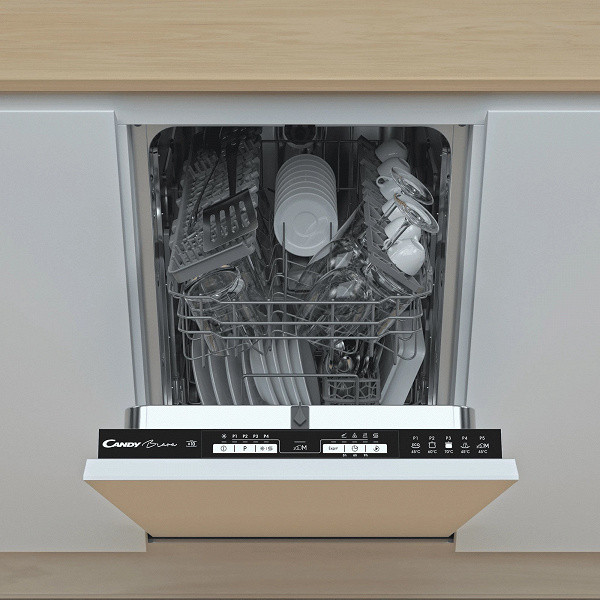
The energy efficiency of a dishwasher depends largely on the type of drying. For example, if the dishes are doused with hot water at the end of the cycle (condensation drying), this is not very environmentally friendly, since the water is preheated very much. Turbo drying with a fan also consumes electricity, albeit in small quantities, and adds noise. More energy-efficient options are drying with a heat exchanger (a container with cold water), drying with residual heat and zeolite drying, which uses zeolite — a mineral that actively absorbs moisture and releases heat without requiring additional heating.
Eco mode in refrigerators
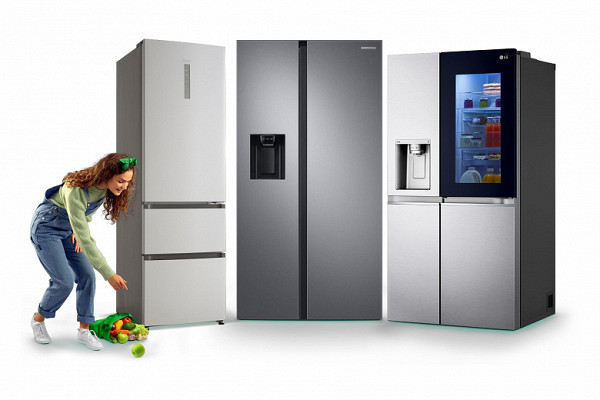
Modern refrigerators are able to automatically adjust the energy consumption mode depending on the presence of people in the house. This is determined, for example, by light or motion sensors, as well as by the frequency of door opening and the level of illumination in the room. The refrigerator switches to economy mode when no one is home or the room is not lit. It is especially convenient if the device supports remote control: the owner receives a notification about switching to energy saving mode, and it can be canceled if the family or guests plan to return home and often open the refrigerator.
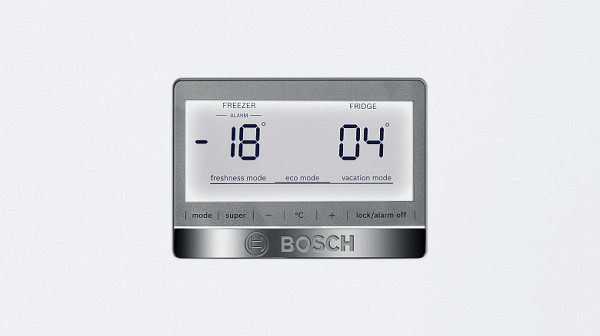
As for the «Eco» button, each manufacturer implements it in its own way, setting «optimal» temperature parameters in the refrigerator and freezer compartments when this function is activated. But the goal is the same for everyone — to preserve food with minimal electricity consumption.
Manufacturers often recommend using the eco mode when the refrigerator is rarely opened, which reduces cold loss. For example, if the owners leave for several days or there is no one in the house all day. Usually, in this mode, the temperature automatically increases by 1-2 degrees: from -18 to -16 degrees in the freezer and from +3-4 to +5-6 degrees in the refrigerator compartment. It is important to remember that without the function of constant cold air circulation, the temperature on the upper shelves and the door of the refrigerator compartment can be another 1-2 degrees higher.
What's wrong?
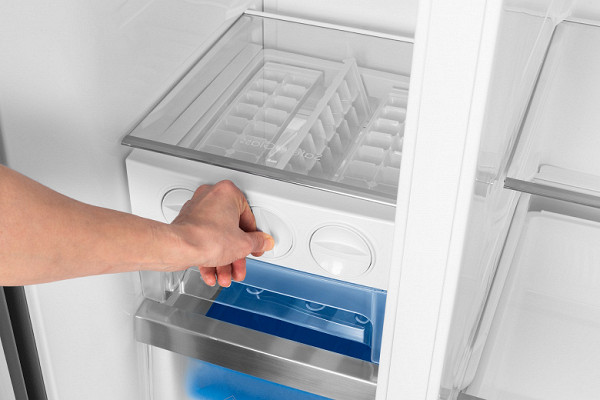
Here are some simple tips to help reduce your refrigerator's energy consumption, even without using the eco mode:
- Leave space between items to ensure even circulation of cold air, avoiding overloading the refrigerator. If you need to free up space, you can remove the bottle rack or egg tray.
- Do not place hot items in the refrigerator, as this increases energy consumption.
- Place items at least three centimeters away from the temperature sensor.
- Store items at the optimal temperature, avoiding freezing or overcooling them.
- Pack items: use film, vacuum packaging, or airtight containers.
- Try not to open the doors too often.
- Place the most frequently used items in an easy-to-reach area to minimize the time the door is open.
Eco mode in heaters and water heaters
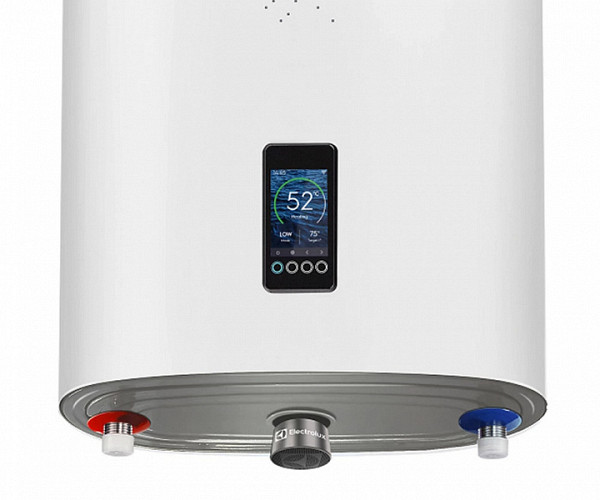
This may be a simple button for selecting the average power, but if the device has smart functions, it will calculate the frequency of heating, hot water or the daily routine of the family and will regulate energy consumption according to this data. If the model is equipped with remote control, you can set these parameters manually so that the device can optimize energy consumption.
What's wrong?
Not all heaters and water heaters have smart features. Oil heaters, fan heaters, and instantaneous water heaters usually just operate at medium power, and this is also sometimes called eco mode.
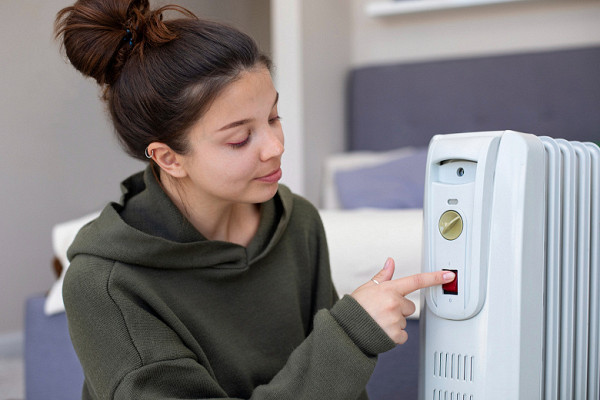
Eco mode in vacuum cleaners and ironing equipment
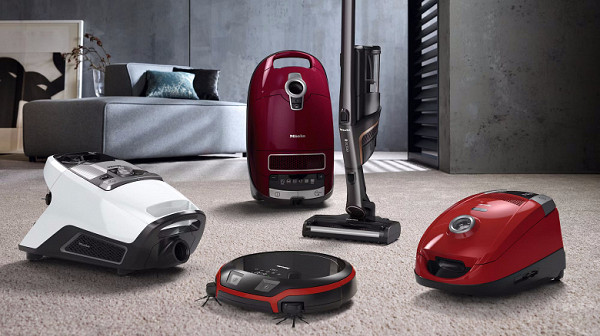
In the case of vacuum cleaners, irons or steam generators, choosing the eco mode means working at a medium power level. The quality of work obtained in this case depends on the user. In washing vacuum cleaners, the economy mode reduces water consumption (sometimes this is its only function), and in cordless models it increases the battery life. If this does not reduce the quality of cleaning, using this mode is quite justified.
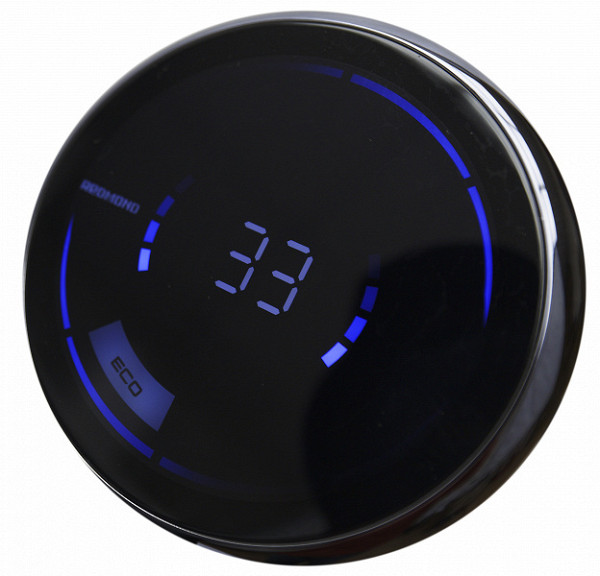
What's wrong?
The eco mode in such equipment often serves as a reminder of the opportunity to reduce the impact on the planet by allowing the use of medium power and helping to save resources. Although fans of revelations may consider this a marketing gimmick, it is convenient to just press a button and do something useful for the environment. Manually, you can select the same medium power, but the eco mode simplifies this process. If the eco mode function is limited only to reducing water consumption, this may be more marketing. However, having an automatic flush system that uses a minimum amount of water is much more useful.
Eco mode in hair dryers and hair stylers
The principle of the eco mode is similar here: medium power and a reminder that drying and styling hair is not only possible at high temperatures. In such devices, the eco mode also increases safety, reducing the risk of hair damage with moderate heating compared to high temperatures. In hair dryers, the lack of heating is compensated by sufficient blowing speed, which allows you to save electricity, and in stylers, the eco mode can be useful even for those with thick and coarse hair, allowing you to avoid overheating at 220-240 degrees. Modern models are equipped with humidity sensors and smart modes that prevent hair from overheating. In addition, manufacturers are increasingly replacing powerful motors with less powerful ones, improving other drying parameters, such as air flow dispersion, to increase efficiency and preserve hair quality.
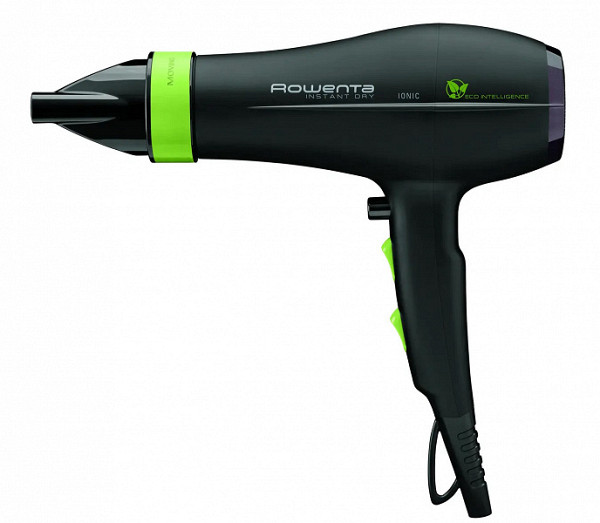
What's wrong?
Everything is so!
Eco mode in small kitchen appliances
Small, high-power kitchen appliances such as kettles, coffee makers, meat grinders and blenders usually operate in short cycles, so eco modes are not so relevant for them. If such modes are present, they are usually just a fashionable trend in the field of ecology. When testing coffee makers and coffee machines, we measure their energy consumption, but for the overall energy consumption of a household, these figures are insignificant. Therefore, we do not reduce the rating of the device for relatively high energy consumption.
What's wrong?
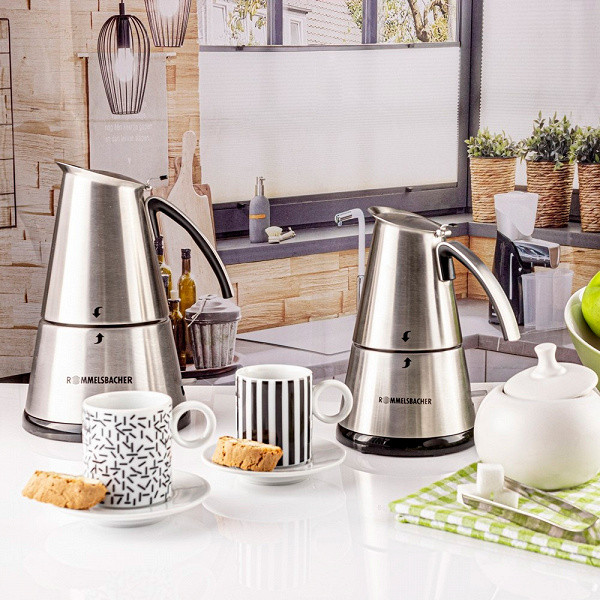
For heating-related appliances, the auto-off function is more important, as it helps save energy and ensures safety. For appliances with motors, the key aspect is the use of low-power motors, but we will discuss this in more detail below.
What else will help save resources?
Large household appliances with inverter motors (washing machines and dishwashers) and compressors (refrigerators, freezers, air conditioners) consume on average 30% less electricity compared to models with conventional motors and compressors. They also make less noise. As for the eco mode, it does not affect the noise level in large devices, but vacuum cleaners and hair dryers work quieter in the economy mode. Advanced small household appliances are often equipped with low-power motors, such as Swiss Bamix blenders with low-speed motors of 150-200 W. This makes them not only more environmentally friendly, but also suitable for professional use, since such devices consume less energy compared to their counterparts used at home.
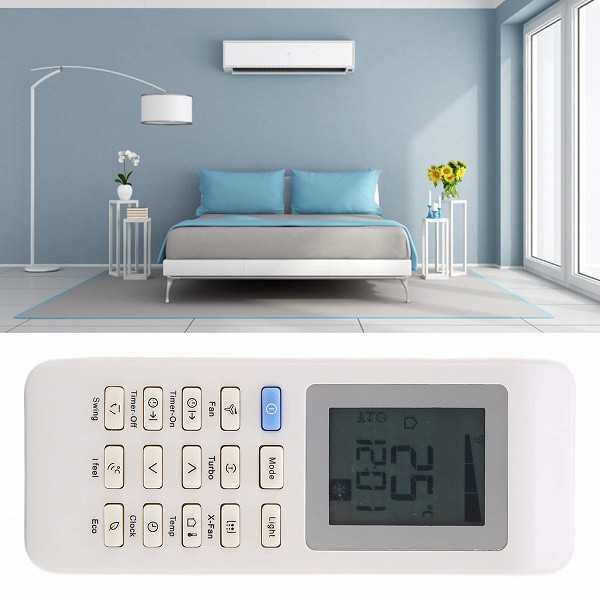
Some time ago, the EU set the maximum power for EU-certified vacuum cleaner motors at 900 watts. This limitation did not affect the performance and efficiency of such models. Many of them also have an “Eco” button, which further reduces energy consumption and carbon emissions. Modern vacuum cleaners can have dust and floor recognition sensors that automatically adjust the power depending on these factors.
Some steam generator manufacturers have gone further and got rid of many temperature settings, leaving only one that ensures optimal energy efficiency. The laundry continues to be ironed using steam, creating a steam cushion between the soleplate and the fabric, which makes heating the soleplate less necessary.
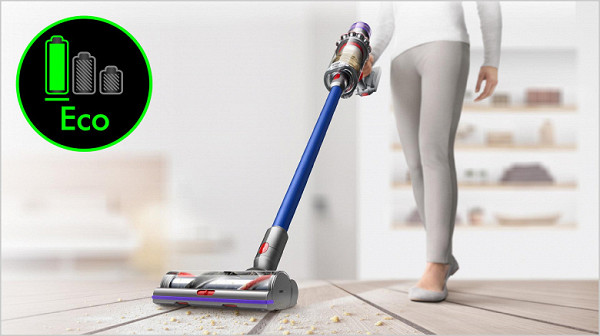
Cordless vacuum cleaners help save energy because their motors are usually less powerful than corded models. Although they require charging, which is associated with electricity consumption, this is offset by their lower power. Robot vacuum cleaners with laser navigation (lidar) can also be more energy efficient: they build a map of the room and avoid cleaning the same areas repeatedly, which makes cleaning more efficient and reduces battery consumption. However, it is important to consider that despite these advantages, a completely green solution is difficult to achieve, since the production of lithium batteries requires a significant amount of water.
***
Eco modes help reduce electricity and water consumption, as well as reduce carbon emissions. Their implementation may vary in different household appliances: in some cases, eco modes really do benefit both the ecosystem and the user. However, sometimes it is simply a matter of meeting the requirements of certification organizations and following the trend for eco-friendliness.
